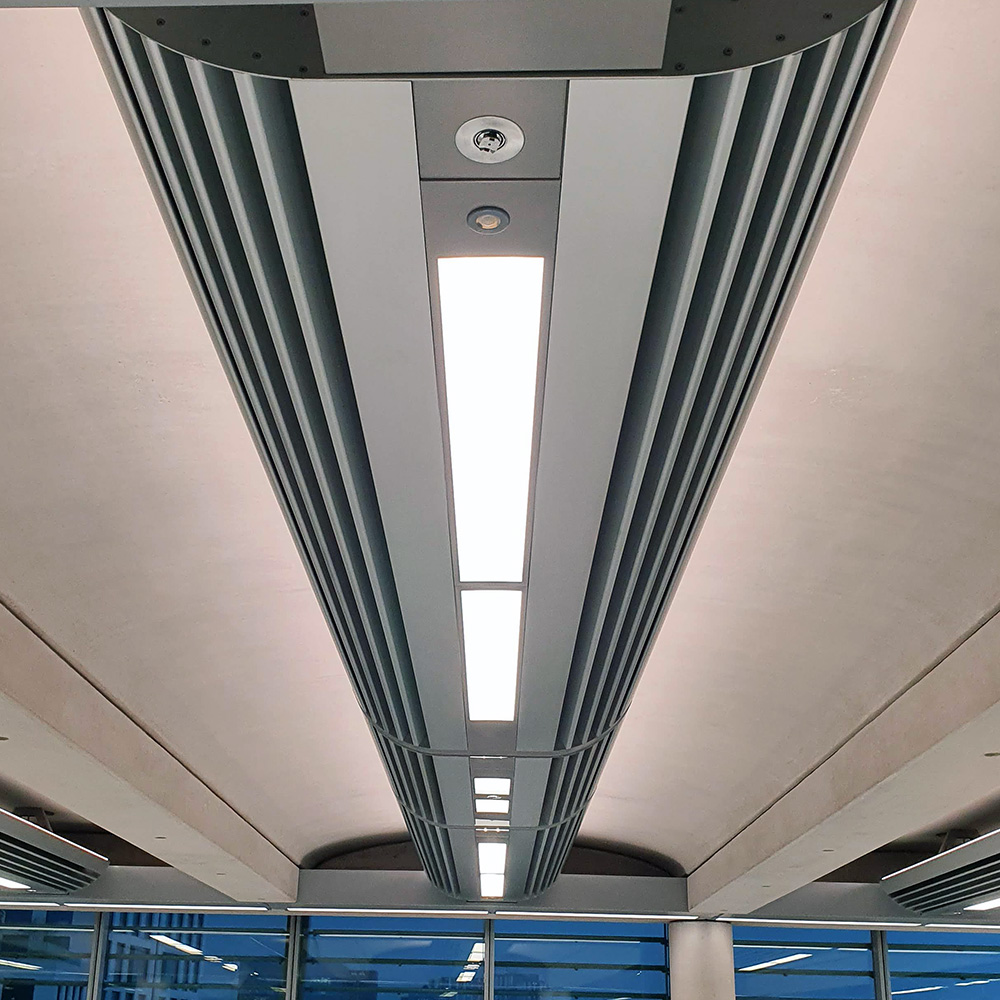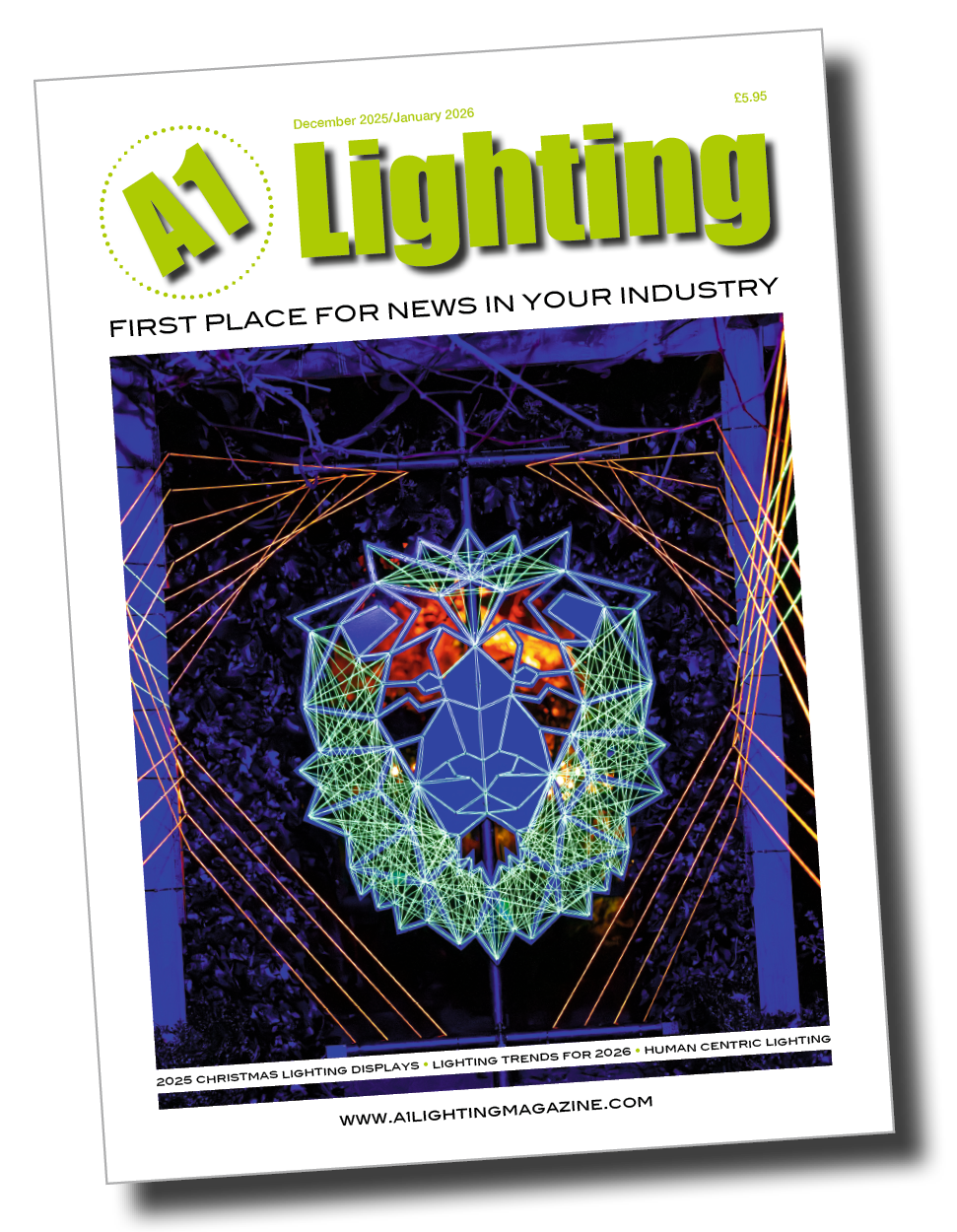
Tridonic and Synergy Creativ have joined forces to raise awareness of the opportunities being created through the ban of fluorescent tubes.
As of September 2023, T5 and T8 fluorescent tubes will be removed from sale in the UK and Europe. This is part of wider changes made by the EU Commission to the RoHS Directive, governing how lamps containing mercury must be handled.
Given the detrimental impact that mercury can have on both public health and the environment, many would argue the change is long overdue.
While the removal from sale will require an adaptation in working practices, Tridonic and Synergy Creativ are calling for a measured response that does not negate the sustainability benefits of the ban. By removing the whole of a fluorescent fitting, this will lead to a high increase in wastage and usable components being unnecessarily discarded of, into landfill.
To counter this, Tridonic and Synergy Creativ are championing a remanufacturing approach, with Synergy Creativ’s remanufacturing division, Revitalite. In practice, this means leaving the hardware in situ and upgrading the lighting component of the fixture.
To maximise the opportunity provided by the ban, building owners and asset managers can reap the benefits from a truly engineered solution. The two organisations believe this will offer a better lighting output than simply replacing the tube with an LED alternative.
This is because, while cost-effective, many of the tubes can be low-quality with little longevity. Ultimately, they risk failing and will need to be replaced, causing further wastage and pressure on the environment.
Committing to a remanufacturing process, where the existing fitting is fully upgraded and reconditioned will provide the optimal solution. By using reputable companies to carry out this work, building owners and operators can be assured that the latest technologies will be utilised.
This includes the most advanced range of Gen4 drivers, which have the capability to deliver a 30 percent saving in carbon. While the initial outlay will be a little more than simply replacing the tube with an off-the-shelf LED lamp, the energy and carbon savings are undoubtedly worth the investment.
As office spaces become increasingly marketed on their green credentials, increasing the EPC of a building will ensure tenants can be attracted and decent rates can be applied. When buildings have a lower EPC, rents will be lower too.
The ban also presents the opportunity for lighting control to be explored. As part of a remanufacturing process, wireless controls can be added to the system without the need to run cables and therefore cause disruption. Coupled with the transition to LED lighting technology, cleaner and greener systems can be introduced.
This is particularly important in heritage buildings, where asbestos may be present within a ceiling. Introducing new fittings with hardwired control would clearly be problematic; and wireless solutions can overcome this.
Synergy Creativ offers remanufacturing services through its dedicated division, Revitalite. The straightforward process involves a site visit from a member of the technical team. A test fitting is produced which, once approved, will be rolled out across the premises.
While the ban on fluorescent lamps may cause some initial challenges, it is evident that by partnering with experts including Tridonic and Synergy Creativ, there are many benefits that can be achieved.
Remanufacturing in practice – 71 Fenchurch Street
71 Fenchurch Street is an iconic building located within the insurance district of the City of London. The office recently underwent an extensive refurbishment to bring all available floors up to Category A specification, from its prior D rating, via a retrofit project through Synergy Creativ and Revitalite.
This included a stylish upgrade to the reception area, in which the chilled beams were remanufactured to switch to LED technology. Furthermore, Tridonic components, namely boards and drivers, were used as part of the remanufacturing upgrade.
As well as significant energy and CO2 savings, the building’s maintenance costs have been dramatically reduced. Through the introduction of the Tridonic components, this has enabled the opportunity for more checks from remote maintenance teams through Tridonic’s Building Asset 360 model.
Built on top of the Casambi Bluetooth mesh, Building Asset360 provides a proactive approach to lighting asset management. It has been designed to meet the challenges faced by Asset Managers, Estate Managers, Facility Managers, and all clients trying to manage their lighting assets.
Furthermore, Building Asset360 is a key tool for Asset Managers meeting building regulations and compliance by providing the ability to automate emergency lighting tests, and store and publish the reports in the building or on the cloud. With the use of data generated by the Luminaire asset, lighthouse alarms can trigger planned maintenance activities and in the case of emergency lighting a potentially life-saving service is maintained.
Committing to remanufacturing has led to other environmental benefits, such as less wastage, a reduced carbon footprint, and overall lower energy consumption.













